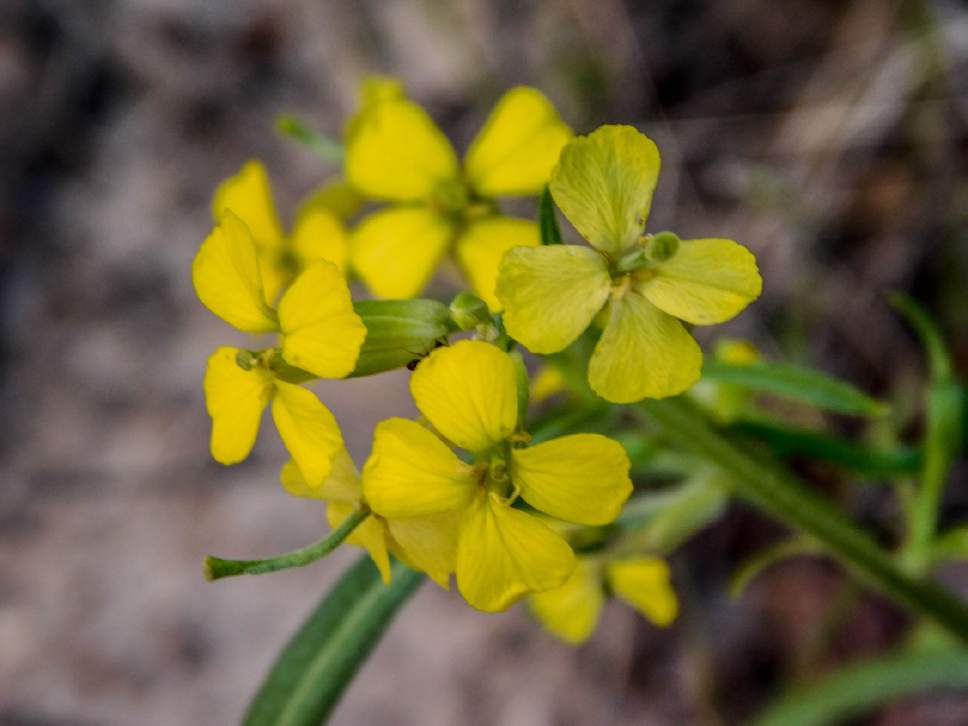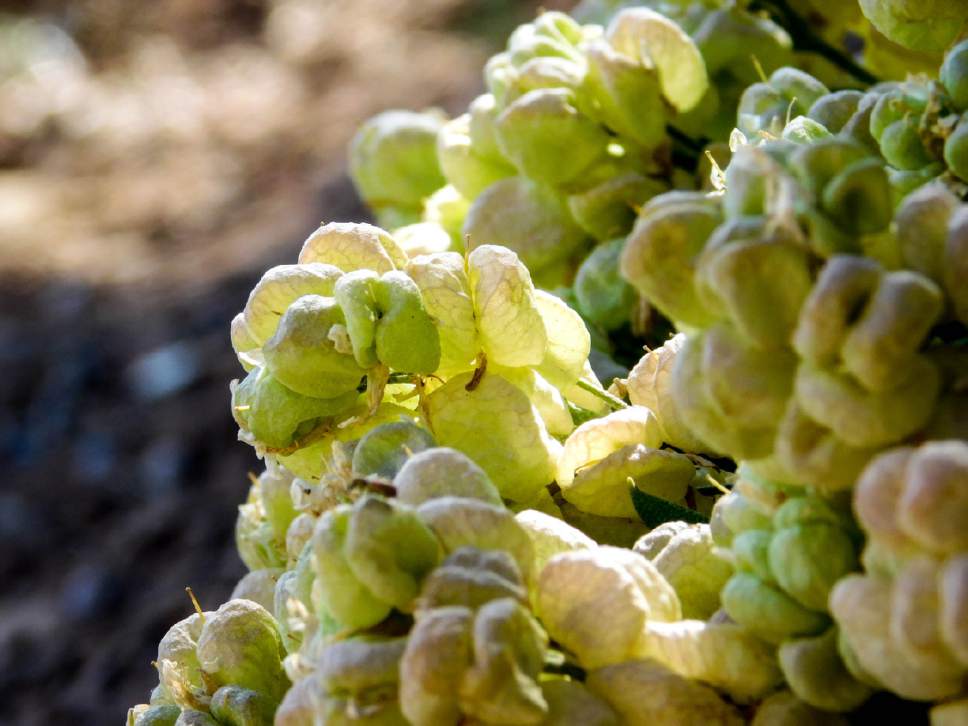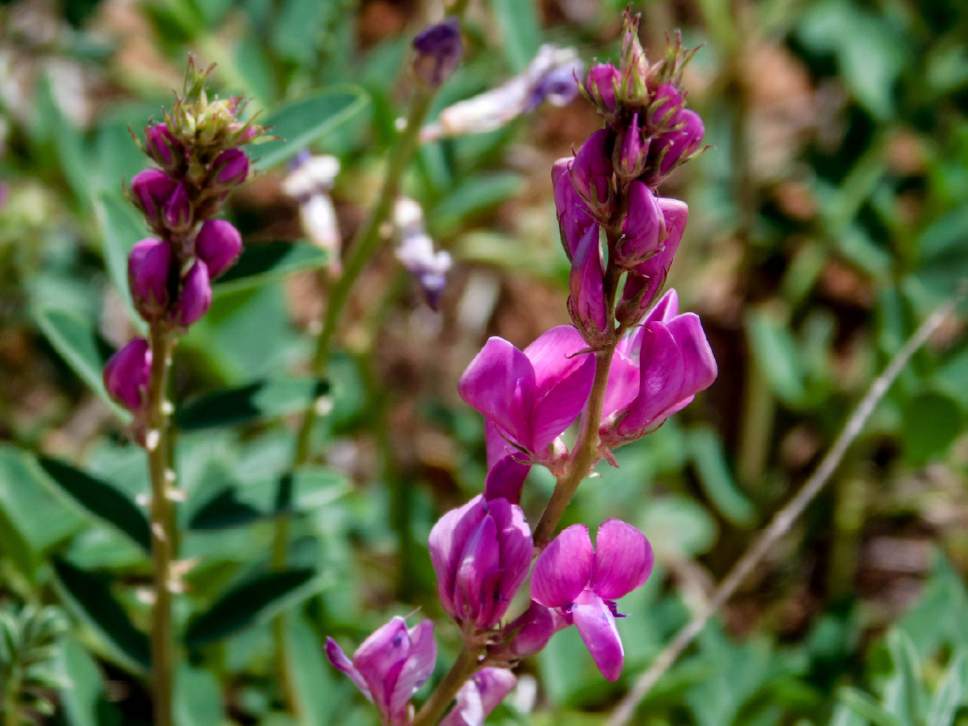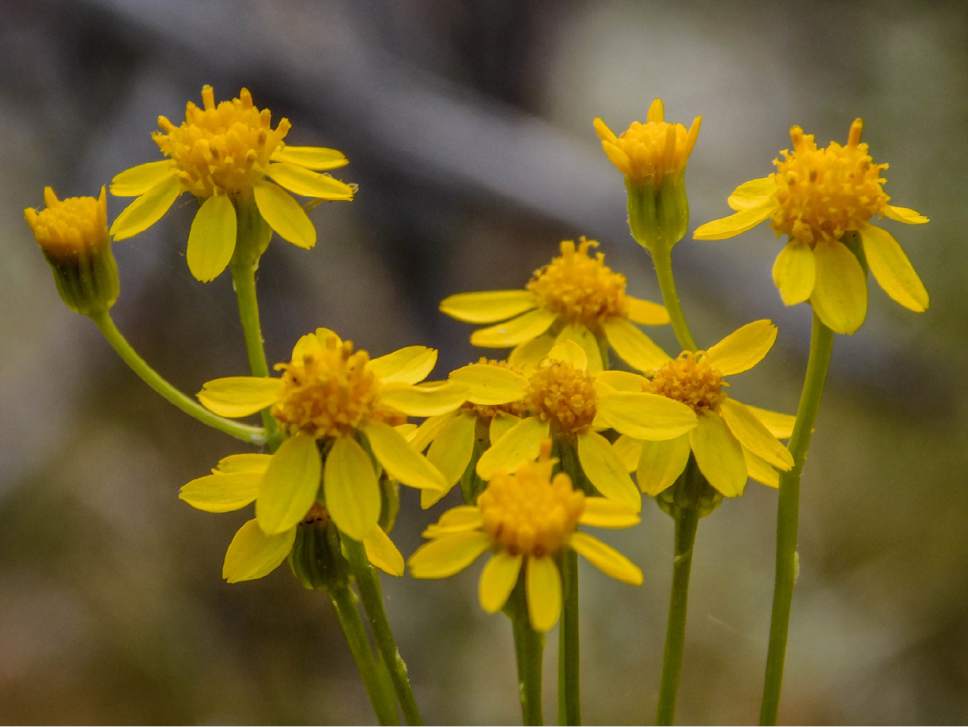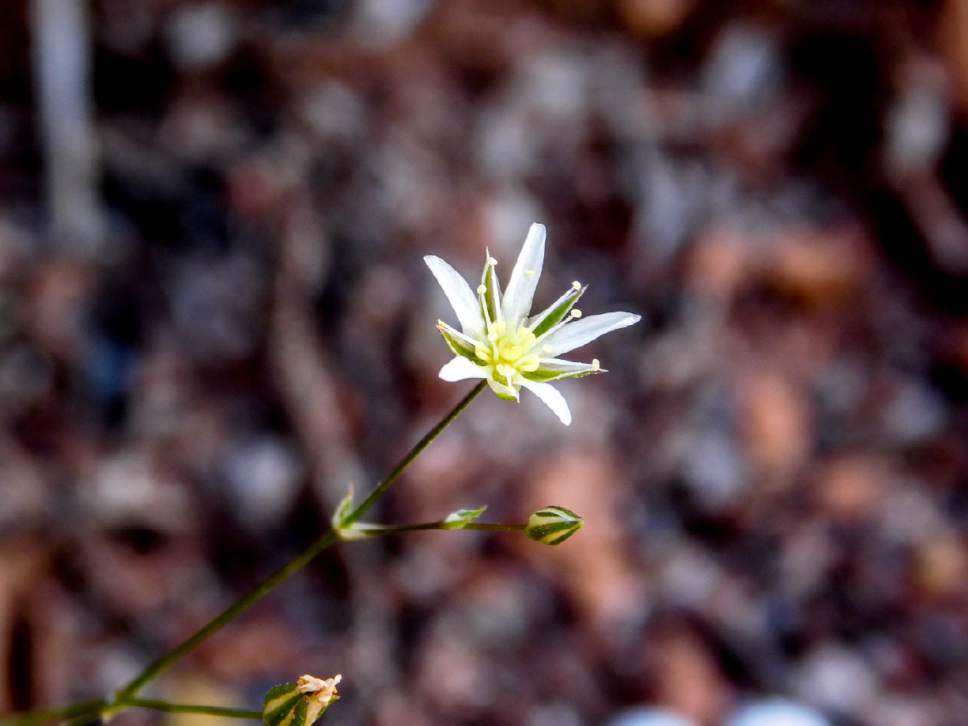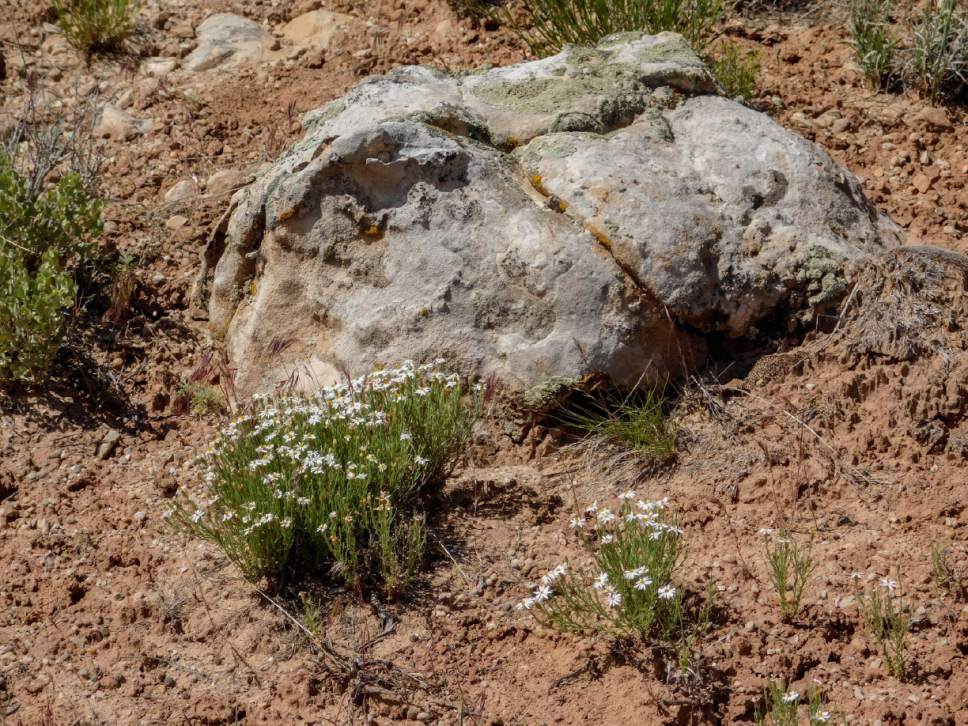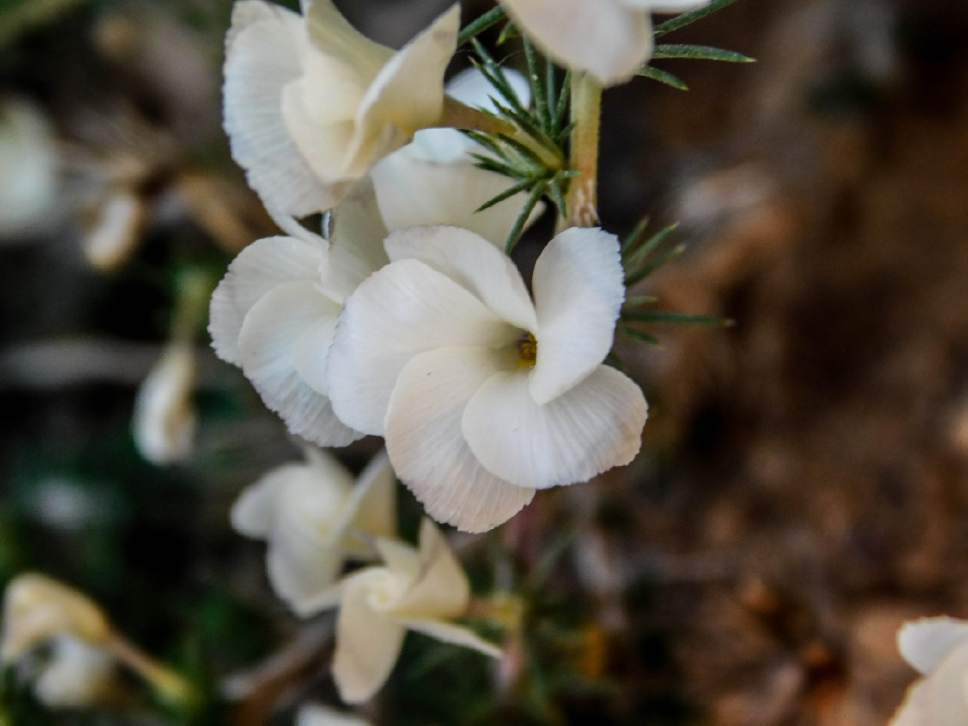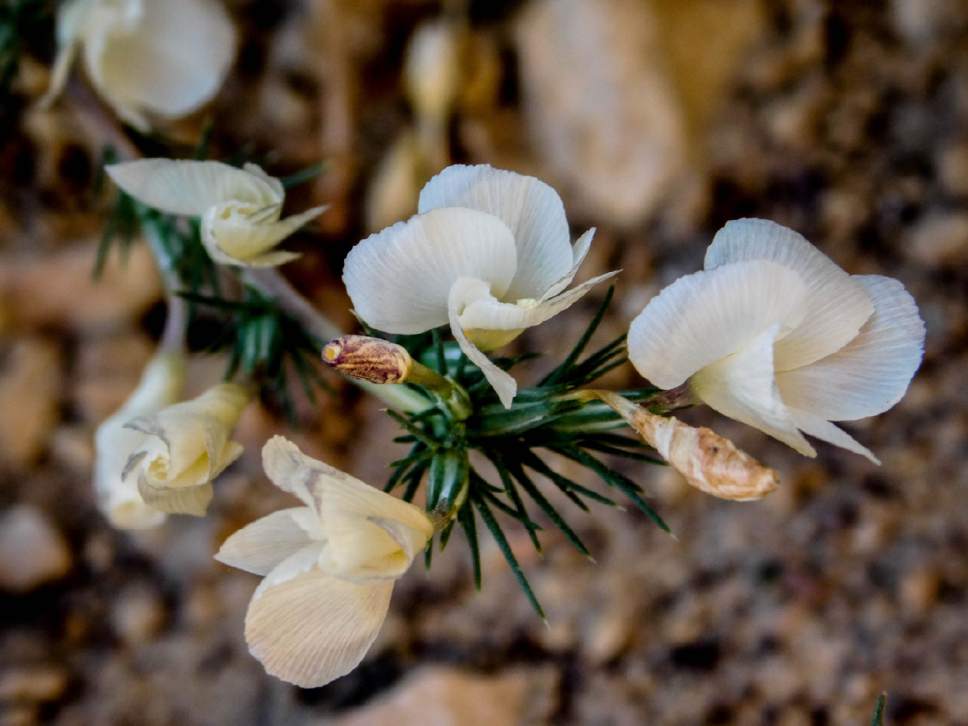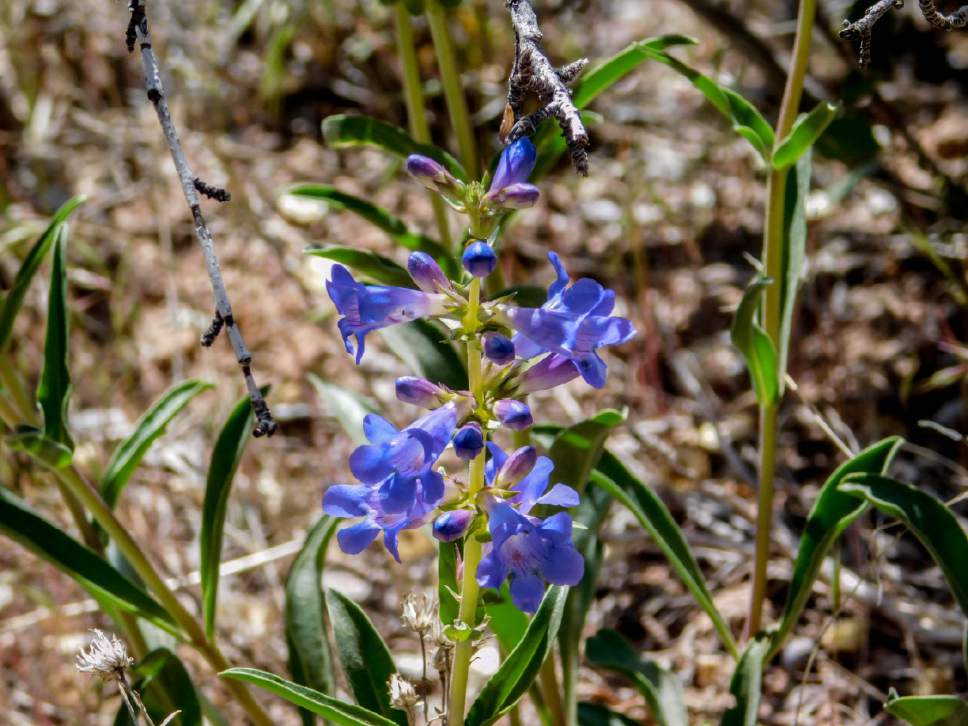This is an archived article that was published on sltrib.com in 2017, and information in the article may be outdated. It is provided only for personal research purposes and may not be reprinted.
My favorite thing about Utah's wild plants is watching their relationship with the environment around them. The proximity to permanent or ephemeral water sources. The slope angle. The slope aspect. The nearness of a rock. The altitude. The latitude. The weather months ago. The recency of a fire. The time of year.
This is most fascinating to me in deserts, where the normal condition seems to be extreme hostility to life. Seeing a plant stand in the ferocious emptiness of badlands feels like a miracle.
I was going through wildflower photos from Vernal on Thursday when President Donald Trump announced the withdrawal of the United States from the Paris climate agreement. I had just been to Duchesne and Uintah counties for Memorial Day on the recommendation of Steve Hegji, author of the book "Wasatch Wildflowers." The bouquet of late spring blooms from Duchesne to Dinosaur National Monument was stunning.
On a trail in Dinosaur, I saw a wiry, kind of weedy-looking plant scraggling alongside the trail near a drainage. It's not the kind of thing you normally notice at Dinosaur, where eyes are drawn to the peaks of Split Mountain and the squiggly lines of sandstone rising and falling near Cub Creek Road — and that's only if you pry yourself away from the fossil exhibits.
But a tiny white blossom on this tangled little plant caught my eye, and as I knelt down, I saw the stems were covered with little pealike flowers, like a fanfare of itty-bitty French horns.
This appears to be lesser rushy milkvetch. I saw it at about 4,860 feet, which is at the lower end of its elevation range. It's listed as imperiled in Montana due to development on its habitat. I hadn't noticed it in Utah before this weekend.
Will this colony of little flowers survive climate change in Dinosaur? I really don't know. Rising temperatures are generally expected to push plants and animals northward and to higher altitudes. Dinosaur is projected to be 6 to 10 degrees hotter by the end of this century, though precipitation also is projected to increase. But it matters how that water comes. Springs could dry up. Inches in heavy rain followed by long dry spells might not sustain plants. Snowmelt can be critical to life in the high desert.
"Tons of plants are blooming right now; they all got moisture from melting snow," said Dan Johnson, chief of interpretation at Dinosaur. "If we aren't getting that snowpack during the wintertime, it's going to affect plant species and whether they're capable of flowering, and distribution of new seeds, and whether they stay in those habitats."
Some rare plants are endemic to very specific spots in the monument, he said — especially north-facing slopes where there are trees, shade and richer soils. Shifting distribution of trees could change those conditions drastically, as could erosion and the higher temperatures themselves.
"There definitely could be some changes to vegetation regimes," Johnson said. "As we start seeing changes to climate, especially warming and drying if that does happen in this locale, that could affect these species."
As I listened to talking heads on Thursday dismiss the severity of projected climate change and humans' role in causing it, I looked at pictures of my new little milkvetch friend and wondered: Who do we think we are?
The small things aren't less important than the big things. That's not just poetry, or I-heart-nature silliness. As I heard people minimize the effects of our actions on our world and reject outright any scientific evidence that challenged their beliefs, my worry was less about policy and more about our habits of thought. I worry that we are accepting an ethical standard that reflexively looks for any excuse not to really feel stress over what we destroy.
And there's always an excuse to be found. "Anyone who drives a car has no right to talk about carbon emissions." "The ice age happened, therefore human behavior doesn't matter." "Unless you can prove the utility of your little flower, my assumption is that it is not worth considering." "I don't like Leonardo DiCaprio."
The small things are important in their own right. But what happens to them, and how we feel about that, also shows our values back to us. What did we choose to do with our minds when confronted with this problem? Did we investigate with an openness to solutions? Did we follow feelings of resentment and entitlement?
I think most of us who love the outdoors respond to the many visceral cues in nature that prompt a sense of awareness and respect. It might be an interesting mental experiment to put those cues together and try to appreciate the systems, too. Listen for the springs feeding a vast iris field in Hog Canyon. Look for the twinpod poofing out from under a protective rock at McConkie Ranch. Watch a butterfly bop around the buckwheat west of Duchesne. Feel the wind that carries seed from a field of globemallow near State Road 45 south of Naples.
If we are mindful and brave, I think it is hard to avoid one conclusion: Each little thing matters to something else. Even if we can't be perfect for them, they still matter, and they deserve our care.
Twitter: @erinalberty


